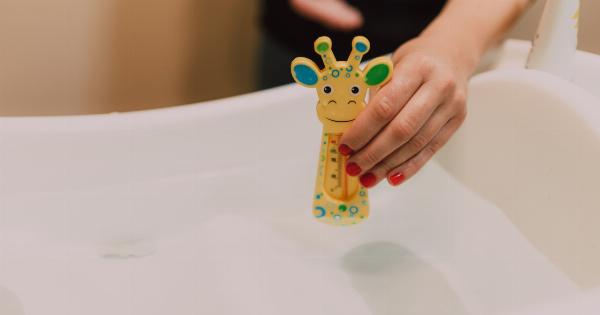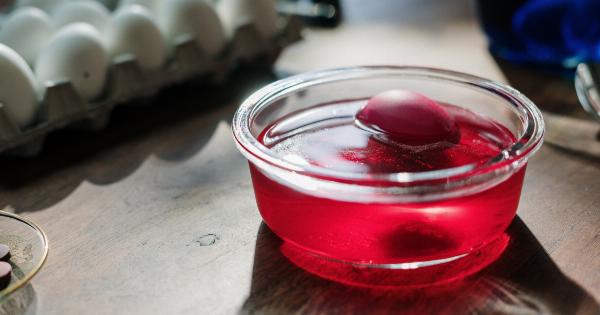If there is one thing that has been passed down through generations, it is the idea of the eternal shelf life of honey. From the ancient Egyptians to modern-day households, honey has been a part of our diets and medicine cabinets for centuries.
Unlike most food items that have a limited shelf life, honey can last for decades, if not centuries, without going bad.
Honey’s Composition
Honey’s eternal shelf life is due to its unique composition. Honey is a super-saturated solution of sugars, consisting of fructose and glucose, and water. Other components of honey include enzymes, minerals, vitamins, antioxidants, and amino acids.
However, the most significant contributor to its eternal shelf life is its low water content.
Raw honey typically contains about 17-18% water. However, bees produce honey with a lower water content, which is around 14-16%. This lower water content is achieved by bees by storing nectar in their honey stomachs and partially digesting it.
The bees then regurgitate it into beeswax combs and fan their wings to remove excess moisture, leaving a thick, syrupy, and concentrated mixture of fructose and glucose, which is honey.
The Role of Acidity and PH Level
Another factor that contributes to honey’s eternal shelf life is its acidity. Honey has a PH level between 3.2 and 4.5, which is too low for most bacteria and microorganisms to survive.
Also, bees add an enzyme called glucose oxidase, which produces hydrogen peroxide, which is a natural antimicrobial.
Note that not all honey is equally acidic, and some honeys may have a higher PH level than others. For instance, acacia honey has a PH level ranging from 5.2 to 7.0, which is less acidic than other honey types like eucalyptus, manuka, or Buckwheat.
However, this does not affect its shelf life as much, as the low water content limits bacterial growth.
Packaging and Storage
Honey’s packaging and storage play a critical role in ensuring its eternal shelf life. Exposure to air, sunlight, and heat can degrade the quality of honey and reduce its shelf life.
Airtight containers are recommended for storing honey. Glass jars with airtight lids are the most preferred containers. Plastic containers are not recommended, as they can leach harmful chemicals into the honey.
Also, avoid storing honey in metal containers, as they can cause oxidation, which can lead to a metallic taste and decreased quality.
Store honey in a cool, dry place, away from direct sunlight, as sunlight can degrade the quality of honey and reduce its nutritional value.
Honey’s Antibacterial Properties and Medicinal Uses
Honey’s antibacterial properties have been recognized and used for centuries. Honey has been used to treat wounds, infections, and sore throats since ancient times.
The antimicrobial properties of honey come from several factors, including its acidity and the presence of hydrogen peroxide. Additionally, some honey types have unique antibacterial properties due to their high phytochemical content, such as manuka honey from New Zealand.
Honey’s therapeutic uses are vast and varied. In addition to its antibacterial properties, honey has been used to treat digestive problems, allergies, and respiratory infections.
Honey is also a natural sweetener and can be used as a substitute for sugar in many recipes.
The Bottom Line
In conclusion, honey has an eternal shelf life due to its unique composition, low water content, acidity, and antibacterial properties. Proper packaging and storage are recommended to ensure honey retains its quality and nutritional value.
Honey’s medicinal qualities have been recognized for centuries, making it a staple in many households worldwide.





























